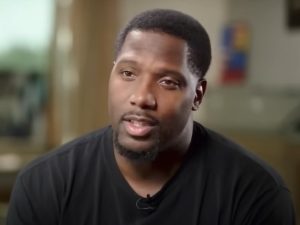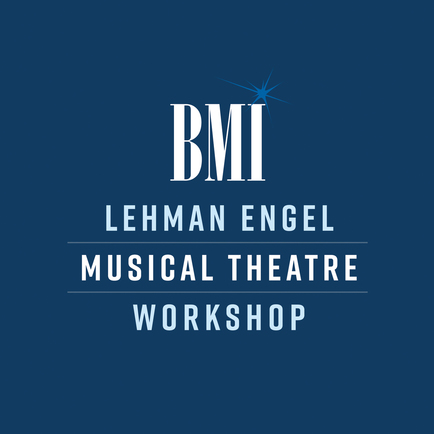Introduction
Chicago is often portrayed as a city plagued by violence, with one of the highest rates of gun deaths among major U.S. cities. This reputation has been amplified by national media and political figures, particularly those on the conservative side, who cite Chicago as an example of the failure of Democratic leadership in urban areas. However, beneath the surface, there are community efforts and a complex historical context that challenge this narrative. These efforts focus on addressing the root causes of violence and inequality, rooted in a history of racism and segregation that dates back generations.

A Community’s Perspective: North Lawndale’s Rich History
North Lawndale, a neighborhood on Chicago’s west side, is often depicted as a hotbed of crime and poverty. The life expectancy here is roughly 12 years shorter than in the affluent downtown Loop area, unemployment is nearly twice as high as the citywide average, and the crime rate is three times higher. Despite these statistics, residents like a 16-year-old tour guide are working to change perceptions. The neighborhood is home to a rich history, including the time Dr. Martin Luther King Jr. lived and worked there. King famously remarked that he had never encountered as much hatred as he did in Chicago, after being struck by a rock during a march.
Residents argue that the narrative of violence overshadows the positive aspects of their community. Youth-led tours organized by the nonprofit My Block, My Hood, My City aim to introduce outsiders to the neighborhood’s history and culture, giving young people a sense of pride and ownership in their community. These tours help counter the negative media portrayal of North Lawndale and similar neighborhoods.
The Historical Roots of Chicago’s Segregation and Violence
The violence and inequality seen in Chicago today are not isolated phenomena but are deeply rooted in the city’s history of racism and segregation. The Great Migration, which brought Black Americans from the Jim Crow South to northern cities like Chicago, led to new forms of segregation. Notable activist and journalist Ida B. Wells observed that Chicago was beginning to rival the Jim Crow South in its treatment of Black residents. This period saw violent attacks on Black Chicagoans, including the 1919 Red Summer riots, where 23 Black residents were killed, and hundreds more were injured. Homes were firebombed, yet no one was arrested for these acts of terror.
Over the following decades, discriminatory housing policies further entrenched segregation. Restrictive covenants prevented Black renters from moving into certain neighborhoods, and redlining by financial institutions, often in concert with federal agencies, limited Black Chicagoans’ ability to secure loans for homes and businesses. Those who managed to purchase homes were often subjected to predatory lending practices, making it nearly impossible for many to build equity. Additionally, the construction and later demolition of public housing further disrupted Black communities.
These historical injustices have contributed to the wealth gap and the conditions that breed violence in Chicago today. The physical violence and economic disenfranchisement that began in the early 20th century have evolved into the systemic issues the city faces now.
The Cycle of Violence and Policing in Chicago
Despite the clear historical roots of violence in Chicago’s Black neighborhoods, the city’s primary response has been increased policing. However, many residents and scholars argue that this approach fails to address the underlying causes of violence and instead perpetuates a cycle of criminalization and incarceration. In North Lawndale, where 70% of men aged 17 to 45 have criminal records, interactions with police are often fraught with tension and distrust. Many residents report negative encounters with law enforcement, where they feel harassed or threatened rather than protected.
Community leaders like Phil Jackson, who runs the Firehouse Community Arts Center in North Lawndale, are working to break this cycle by providing alternative outlets for young people and addressing the trauma caused by violence. Jackson notes that while many people, including politicians, may have written off neighborhoods like North Lawndale, there are still residents who are committed to making a difference. These efforts include creating safe spaces for youth, offering arts and education programs, and advocating for economic investment in the community.
Holistic Approaches to Reducing Violence
My Block, My Hood, My City, founded by Jamaal Cole, takes a holistic approach to tackling gun violence in Chicago. The organization focuses on building community through initiatives like block cleanups, field trips for young people, scholarships, and paying local youth to serve as tour guides. Cole emphasizes the importance of providing social support, education, and opportunities for young people to break the cycle of violence. He also acknowledges that while government action and investment are crucial, change must also come from within the community.
Cole’s vision extends beyond local efforts. He aspires to pursue a career in politics, starting at the community level and eventually aiming for the national stage. His goal is to challenge the low expectations often placed on Black youth and to demonstrate that change is possible, even in the most challenging circumstances.
Conclusion
The narrative of Chicago as a city defined by violence is incomplete without acknowledging the historical context and the efforts of those working to change their communities. While the challenges are significant, so too are the resilience and determination of Chicago’s residents. By addressing the root causes of violence and investing in community-driven solutions, there is hope for a future where the city’s neighborhoods are known not for their struggles, but for their strength and potential.














